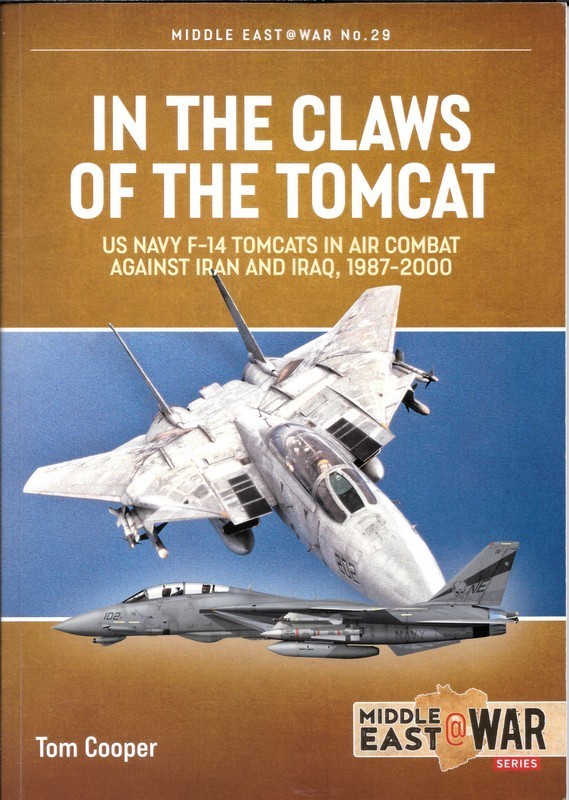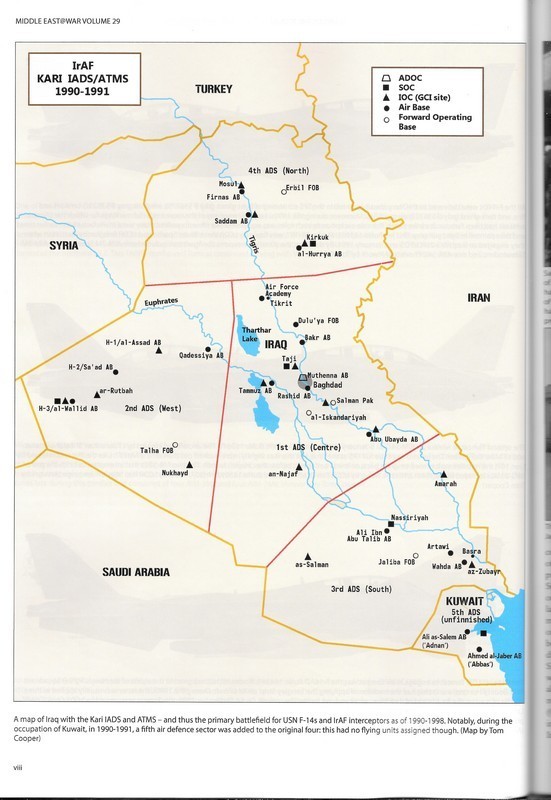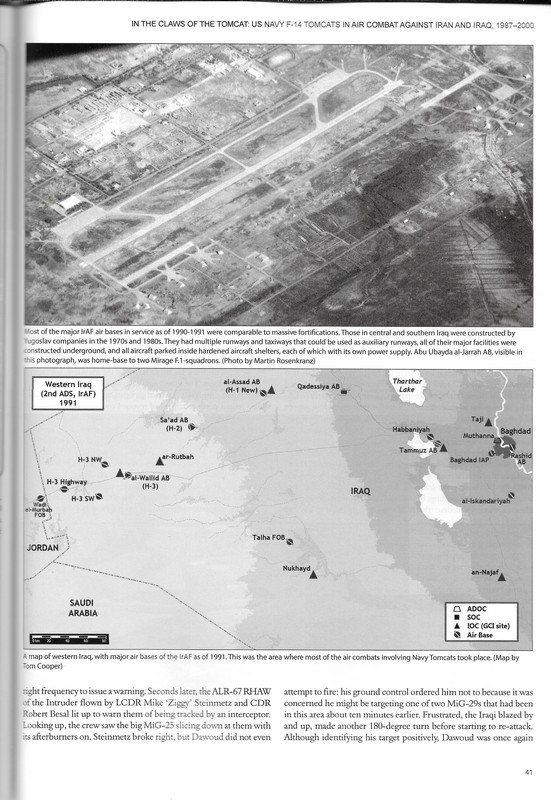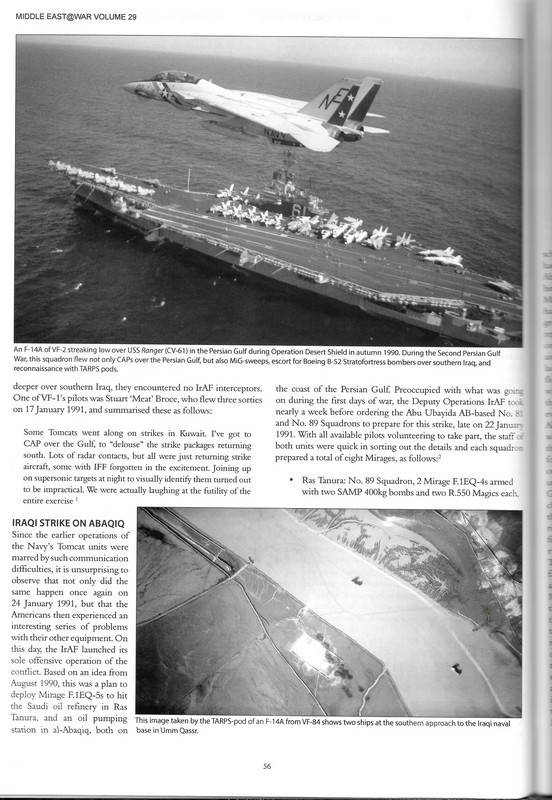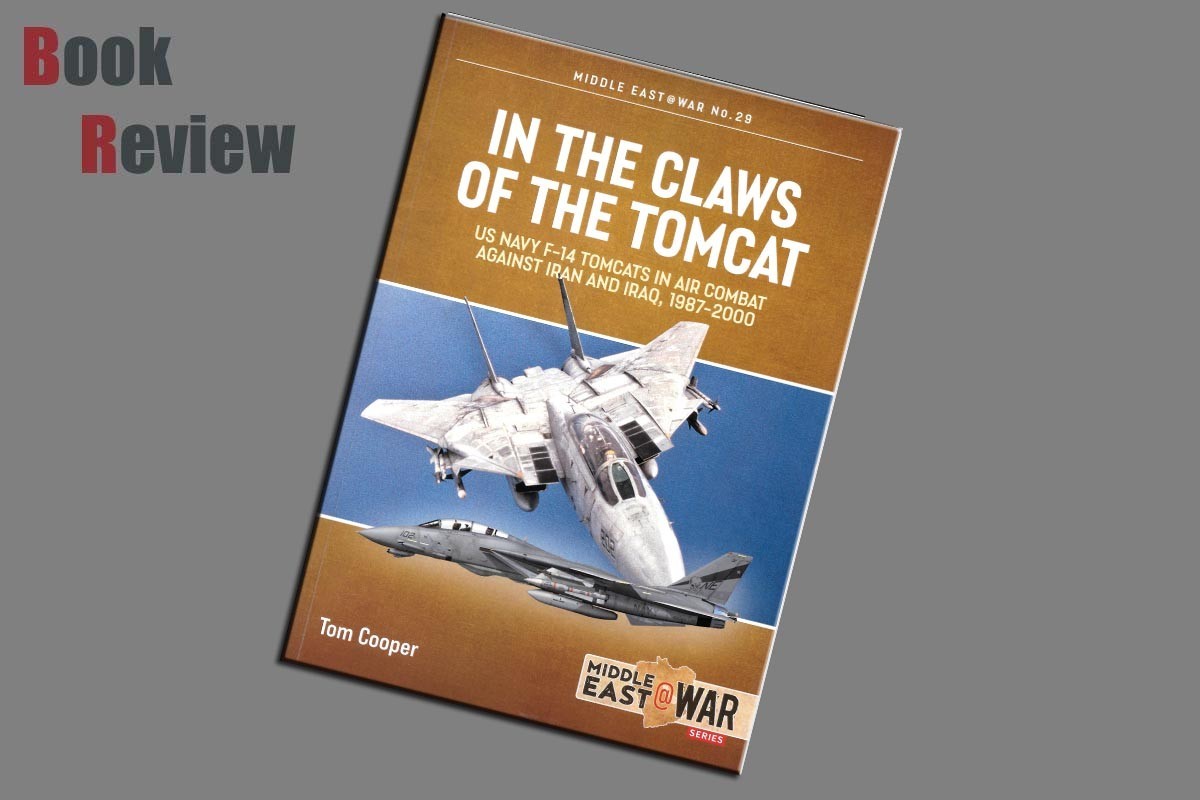Brief History
Beginning in the late 1950s, the U.S. Navy sought a long-range, high-endurance interceptor to defend its carrier battle groups against long-range anti-ship missiles launched from the jet bombers and submarines of the Soviet Union. They outlined the idea of a Fleet Air Defense (FAD) aircraft with a more powerful radar and longer-range missiles than the F-4 Phantom II to intercept both enemy bombers and missiles at exceptionally long range. Studies into this concept led to the Douglas F6D Missileer project of 1959, but this large subsonic aircraft appeared to have little ability to defend itself once it fired its missiles, and the project was cancelled in December 1961.
The Navy was still looking for a long-range defensive aircraft, but one with higher performance than the Missileer. The Navy was directed to participate in the Tactical Fighter Experimental (TFX) program with the U.S. Air Force by Secretary of Defence Robert McNamara. McNamara wanted "joint" solutions to service aircraft needs to reduce development costs and had already directed the AirForce to buy the F-4 Phantom II, which was developed for the Navy and marine corps.
The F-14 began replacing the F-4 Phantom II in U.S. Navy service starting in September 1974 with squadrons VF-1 "Wolfpack" and VF-2 "BountyHunters" aboard USS Enterprise and participated in the American withdrawal from Saigon. The F-14 had its first kills in U.S. Navy service on 19 August 1981 over the Gulf of Sidra in what is known as the Gulf of Sidra incident. In that engagement, two F-14s from VF-41 Black Aces were engaged by two Libyan Su-22 "Fitters". The F-14s evaded the short-range heat-seeking AA-2 "Atoll" missile and returned fire, downing both Libyan aircraft. U.S. Navy F-14s once again were pitted against Libyan aircraft on 4 January 1989, when two F-14s from VF-32 shot down two Libyan MiG-23"Floggers" over the Gulf of Sidra in a second Gulf of Sidra incident.
Contents
Abbreviations
Introduction and acknowledgements
1. Threat Perceptions.
2. Opposing forces.
3. Phantoms of Iran.
4. Kuwait Crisis.
5. Tomcat at War.
6. Action from the Persian Gulf.
7. Final Engagements.
Bibliography
Notes
About the author
Publisher
Review
Ironically, not only the F-14 Tomcat, but all the combat aircraft types it was to encounter in combat over the Middle East of 1987-1999, came into being in response to threat perceptions related to the very same conflict – yet one taking place thousands of kilometres away, and once they were never going to fight. In the late 1940s, a protracted period began of geopolitical tension between two major power blocks:
The United States and its allies in Western Europe organised into the North Atlantic Treaty Organisation NATO
The Union of Soviet Socialist Republics USSR or the Soviet Union and its allies in eastern Europe, Organised into the Warsaw Treaty Organisation or WTO or WarsawPact
Although known as the Cold War because it never erupted into armed conflict, the dispute was taken extremely seriously by everybody involved.
Since the 1930s, the primary designer and manufacturer of fighter aircraft for the US Navy was the Grumman Aircraft Corporation. Situated in Bethpage, New York, it produced the F4F Wildcat that helped stop the Japanese conquest of the Pacific in 1942 and then pursued the German U-Boats in the Atlantic. This was followed by the F6F Hellcat which secured aerial supremacy in the Pacific.
As often the case with the Cold War a major battle between the USNs CVBG and the bombers of the Soviet Naval Aviation never took place. Instead American operated F-14s became involved in several skirmishes at various spots around the Mediterranean sea during the 1980s. Moreover, their primary opponents of the 1987-1999 period were not Tupolev-designed bombers, but the much smaller interceptors of Mikoyan Gurevich or Sukhoi design, many of which experienced their own, and as many if not bigger, problems than the USN experienced when pressing the F-14 into service.
Iran became not only the sole export customer for the F-14but its order for 80 Tomcats then saved the entire project. Ironically, the first air to air action involving the Tomcats of the US Navy in the Middle Eastpitted them against fighter jets of the Iranian air force- not against the Iranian F-14s but an older model originally developed for the Navy Phantoms F-4!
This is the first of the Middle East@ war titles that I have had the good fortune to review I have seen these titles at the various shows that I have been to like the Scale model world at Telford. I have often wondered what they were like, how they displayed the content.
Conflicts in the Middle East have been waging in some form or other since biblical times, events that come to mind are the medieval holy wars called the Crusades. Muslim forces ultimately expelled the European Christians who invaded the eastern Mediterranean repeatedly in the 12th and 13th centuries. Mesopotamia, Palestine, Knights Templar, the list goes on and on, who can forget more recent times with isis!
So this book puts some focus on the conflicts against Iran and Iraq, 1987-2000 that theUS Navy’s F-14 Tomcat was involved in concentrating on them entirely yet with a surprisingly factual interpretation. The book clearly shows tactics of how the F-14 Tomcats would approach the battle, the dogfighting. It is a picture heavy book that helps the narrative with pictures of the subject in question some amazing colour profiles which also include aircraft from Iraq and Iran.
Conclusion
Middle East@ war in the claws of the Tomcat by Casemate publishing is an interesting book that gives all the information about the US Navy’s F-14 Tomcat at war with Iraq and Iran during the conflicts 1987 – 2000. This offering from Casemate is an interesting subject written meticulously and carries a large number of pictures each one of them carries a caption or information concerning the picture.
It goes onto show the enemy aircraft as well as the United States aircraft mainly the F-14s though it does mention several others, the colour profiles are very nicely done and will help modellers with a visual guide to the camouflage from all parties. It is very easy to pick up and even harder to put down, I for one have expanded my knowledge of this time frame in the Middle Eastern wars.
Is it for you well anyone interested in this time frame or any of the aspects of this conflict or the aircraft that were flown during these times will find it very interesting? I am already looking at other titles in this range as a historian I have always found the Middle East conflicts in one form or another over hundreds of years and I wonder what will be the next one. Highly recommended.
